Surplus Lab Store – Smart Science Smarter Spending

In today’s fast-evolving life sciences landscape, the laboratory is an ever-changing ecosystem—projects pivot, grants expire, or surplus materials accumulate. From C57 mouse models to Sprague Dawley rats, and from fluorescence meters to Qubit fluorometers, many valuable tools risk going unused despite their high quality and demand.
Instruments & Equipment
Qubit Fluorometer
A gold standard for precise nucleic acid and protein quantification, the Qubit fluorometer provides unmatched sensitivity over traditional spectrophotometry. Whether quantifying DNA from C57 mouse liver or validating RNA yield in virus-infected tissues, this compact device remains indispensable
Fluorescence Meter
A core analytical tool, fluorescence meters are used across applications from real-time enzyme kinetics to environmental sensing. Compatible with dyes such as FITC PE and Cyanine 5, it enhances signal detection across multiplexed assays.
MoFlo XDP Cell Sorter
This advanced flow cytometer supports high-speed cell sorting with superior purity and recovery. Ideal for immunophenotyping with fluorochrome PE, Atto647, or Streptavidin Cy5, MoFlo XDP is often deployed in immunology and stem cell studies.
Potassium Quest Assays
These high-throughput screening systems measure intracellular potassium flux, commonly applied in drug discovery, cardiovascular research, and neuronal signaling studies.
AccuCount Beads
Used to calibrate and quantify cells in flow cytometry, AccuCount beads standardize absolute cell counts for viability, apoptosis, and proliferation assays, supporting reproducible data in cancer and immunotherapy research.
Reagents & Fluorescent Dyes
1. Streptavidin Cy5 & Cyanine 5
Fluorescent conjugates like Cy5 and Cyanine 5 are essential in FISH, immunofluorescence, and protein microarray applications. These bright, far-red dyes offer high photostability and minimal spectral overlap.

2. FITC PE & Fluorochrome PE
Popular in multicolor flow cytometry, these tandem dyes facilitate immune cell subset identification in human and murine models. FITC is often combined with Annexin assays for apoptotic cell detection.

3. DiFMUP (6,8-Difluoro-4-methylumbelliferyl phosphate)
A non-fluorescent phosphatase substrate, DiFMUP releases a fluorescent product upon hydrolysis, widely used in phosphatase assays and screening inhibitors in drug development pipelines.

4. Carboxyfluorescein Succinimidyl Ester (CFSE)
CFSE is a membrane-permeable dye that covalently binds intracellular proteins. It is key in cell division tracking and is frequently used in lymphocyte proliferation studies involving C57 or Sprague Dawley models.

5. Atto647
A next-generation fluorophore offering high brightness and stability. Ideal for confocal imaging, FRET experiments, and super-resolution microscopy, especially when used alongside red and near-infrared detection channels.

Animal Models, Vectors & Genetic Tools
1. Sprague Dawley Rats & C57 Mice
Two of the most widely used rodent models in toxicology, neuroscience, and vascular biology. Rat penis tissue from Sprague Dawley specimens is often used in erectile dysfunction and smooth muscle contractility research, while C57 mice are standard in immunology and oncology.
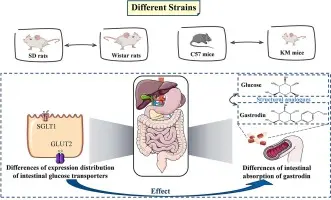
2. Cas9 NLS (Nuclear Localization Signal)
The Cas9 enzyme fused with a nuclear localization signal enables efficient genome editing inside the nucleus. Essential in CRISPR workflows targeting gene knockouts or knock-ins in vitro and in vivo.
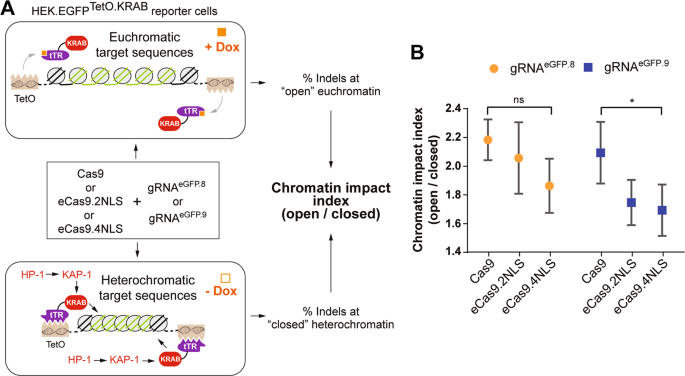
3. MSCV (Murine Stem Cell Virus)
A retroviral vector for stable gene expression in hematopoietic and embryonic stem cells. Frequently used to study oncogenes and tumor suppressors in murine models.

4. Cumate-Inducible Systems
A tightly regulated gene expression system offering robust control with minimal background. Ideal for conditional knockdown or overexpression studies without affecting baseline cellular behavior.

5. miR-100
A critical microRNA involved in cell proliferation, differentiation, and tumorigenesis. It has shown promise as both a biomarker and a therapeutic target, particularly in glioblastoma and breast cancer.

Apoptosis, Cell Health & Assays

1. Annexin Assay
A go-to method for detecting early apoptosis, often combined with FITC or PE labeling. Used in drug testing, immune response studies, and cancer biology.

2. DiFMUP in Apoptosis Detection
While mainly used for phosphatase activity, DiFMUP can help detect signaling changes associated with programmed cell death when used alongside caspase markers.

3. AccuCount + Annexin
Pairing cell counting beads with annexin staining enables accurate quantification of live, dead, and apoptotic cell populations, especially valuable in cytotoxicity assays.
Neuroscience, Pharmacology & Specialty Research
1. Potassium Quest in Neurobiology
Ion flux is critical to understanding neuronal excitability. Potassium-sensitive assays allow precise tracking of K⁺ dynamics in neurons and glial cells.
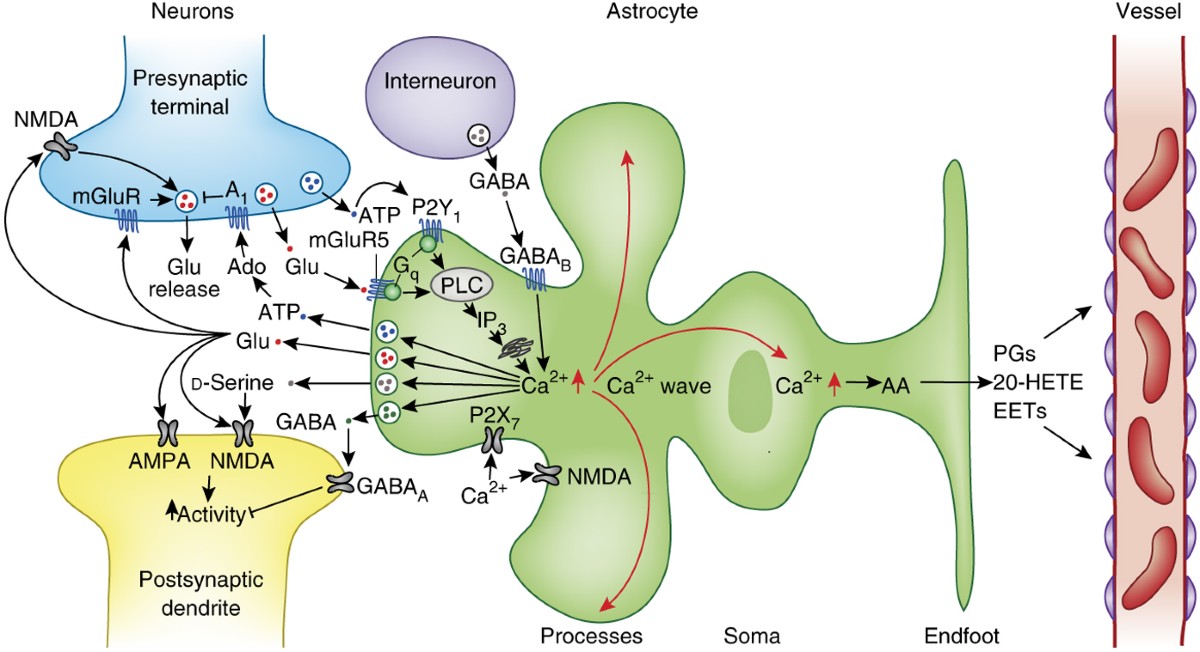
2. Rat Penis Tissue in Pharmacology
Tissue from Sprague Dawley rats is used in erectile dysfunction studies to investigate smooth muscle tone, NO/cGMP pathways, and drug response at the vascular level.
3. Qubit in Neurogenomics
Essential for high-quality RNA prep, Qubit fluorometers are central in brain tissue gene expression profiling, especially following miR-100 modulation in neurodegenerative models.
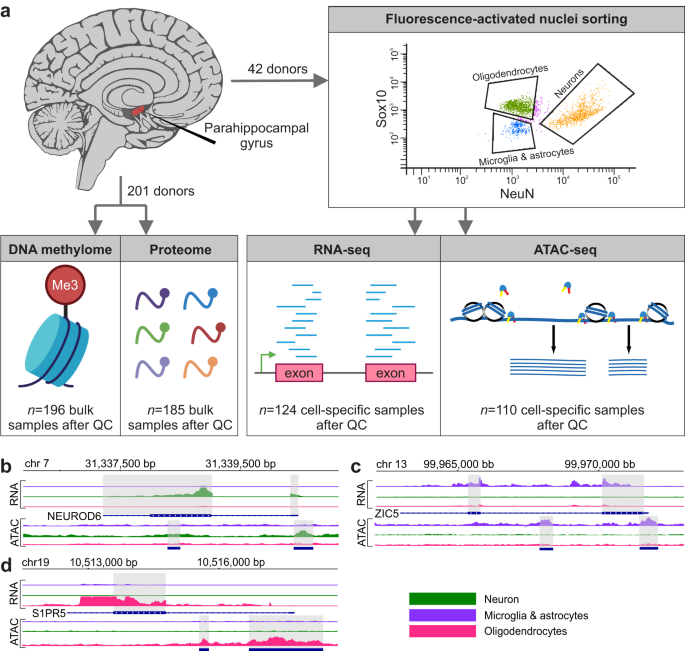
Molecular Biology & Synthetic Systems
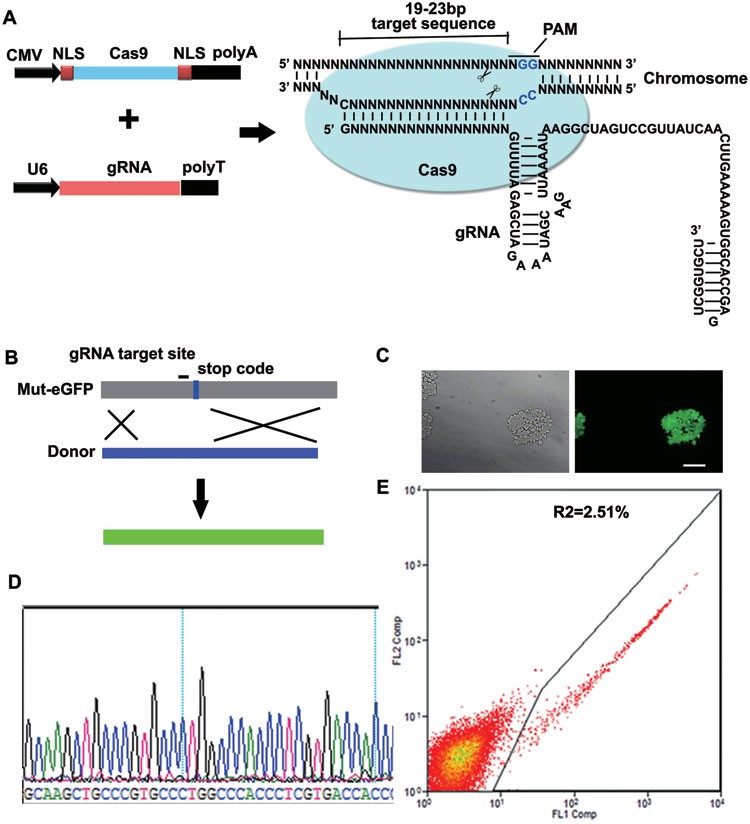
1. Cas9 NLS in Genome Editing
Essential in CRISPR workflows, especially for transgenic rodent model creation. Cas9 NLS ensures nuclear delivery, enabling precise excision or repair of target genes.

3. MSCV + miR-100 Constructs
Combining MSCV retroviral delivery with miR-100 expression cassettes helps investigate oncogenic pathways or stemness in cancer stem cell models.

2. Cumate-Inducible Vectors
Ideal for conditional expression of transgenes in mammalian cells. Enables drug-free, clean gene activation or silencing, critical in time-sensitive gene therapy models.



